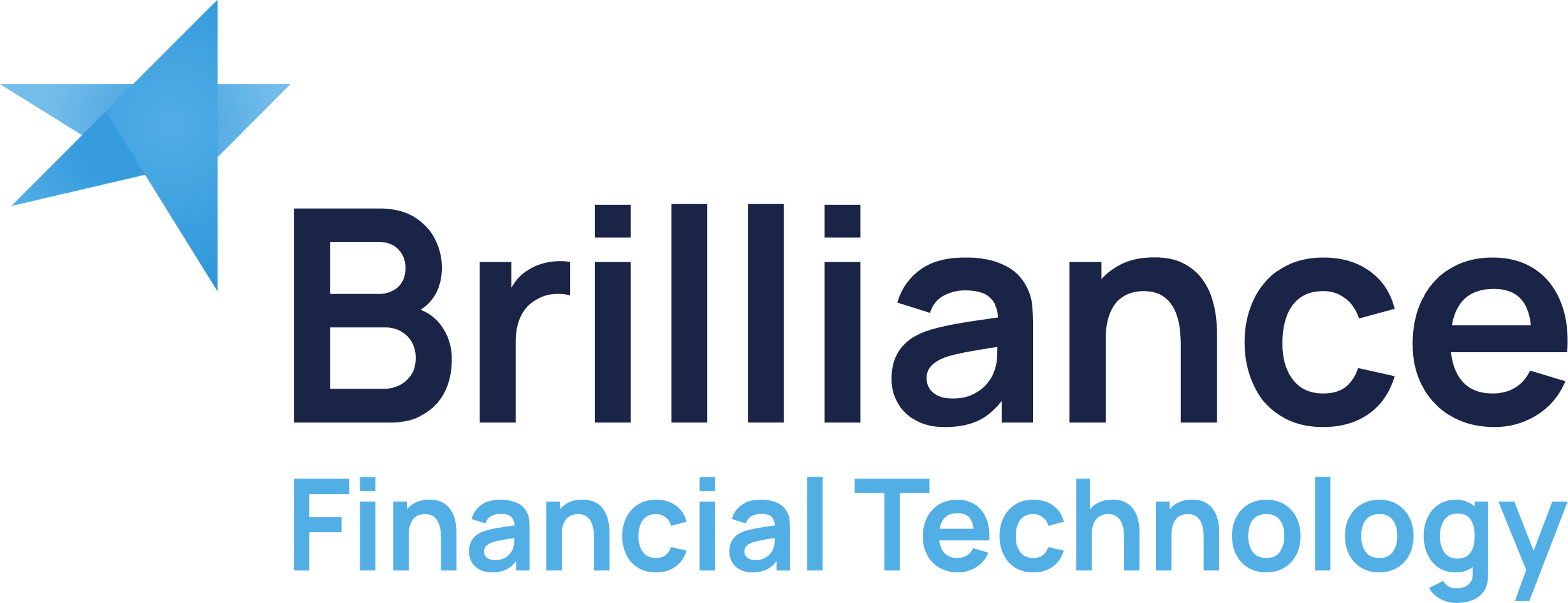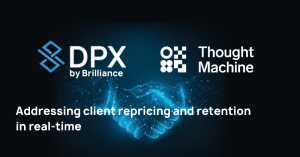More than $300 trillion (£232 trillion) in pricing contracts globally depend on the London Interbank Offered Rate (LIBOR) – but the beleaguered interest rate benchmark used by banks for pricing contracts is going away after its discreditation. The industry is now scrambling to agree on an alternative rate before LIBOR is discontinued for good in 2021.
So far, any stakeholder with the power to make a clear determination is strongly disincentivized from doing so, as new product development, transition planning and the speed of change on the market have lagged well behind this timeline. For now, the U.S., the Federal Reserve has convened a working group called the Alternative Reference Rates Committee (ARRC) to help facilitate the transition away from LIBOR. Similar groups have popped up internationally to make the necessary adjustments in their own countries.
The ARRC has recommended an index called the Secured Overnight Financing Rate (SOFR) as the replacement for LIBOR (in the US) and has published a transition plan to promote the use of SOFR on a voluntary basis. Behind the scenes though, there continues to be a debate as to whether or not credit-sensitive benchmarks are a viable alternative.
This is an urgent time for the industry. Most banks have formed LIBOR transition teams to deal with the massive issues. Here are key areas in pricing that you should consider in your transition plan.
Assess the Impact on Existing Portfolio
There are trillions of dollars at stake when it comes to the bank’s back books. The major questions are: If your contracts are set to expire after LIBOR ends, how do you proceed with them into the undefined future? What is the financial impact to your bank?
When the LIBOR-based contracts were initially set up, some have explicitly defined fall back reference rates, but many do not. Those contracts without fall back rates become the biggest problem — since they not only introduce financial uncertainty, but also pose operational liabilities for the bank.
While there is no short cut to managing these issues, we recommend two things:
- 1. Banks should stratify the portfolio by instrument types
- 2. Apply broad assumptions about the replacement rates to measure the impact on the portfolio revenue, net interest income, RAROC, and other profitability measures.
At the least, be ready to allow for what-if scenarios to help you determine a range of potential impact. It will help to understand the expected revenue for the portfolio.
This may also help set high-level pricing strategy.
Building New Revenue Streams
The front-book, or financial products that banks are originating, come with a different set of problems and opportunities. At this point in time, when new loans are originated, the expected replacement rate is SOFR (in the US; SONIA in the UK). However, the complexities come from the fact that the delta between LIBOR and SOFR is driven by variation in their level, volatility, and behavior. It’s not simply SOFR plus a constant spread.
Current industry solutions to this problem revolve around dissecting a portfolio with complex modeling to get a handle on the average difference between LIBOR and new rates. However, there are significant challenges with this method’s ability to make accurate predictions outside of specific cases.
We have two recommendations in this area:
- 1. Immediately stop issuing LIBOR-based products to avoid exacerbating the problem. There’s a real opportunity to lead the market by generating new types of instruments if you have the quantitative modeling capabilities. Otherwise, it’s important—now more than ever—to be in tune with the market to ensure you aren’t leaving money on the table.
- 2. Be sure that your front line has the flexibility to price new deals using LIBOR until 2021 and a variety of potential LIBOR replacement rates beyond 2021. The capability of structuring multiple deal scenarios for approval that can be presented to the customer will expedite the front line’s operational efficiency and speed up your time to market. Given the disruptions, speed and quality of service will be more important than ever to winning business.
A state-of-the-art digital pricing solution like Brilliance DealPoint will give you the ability to create and submit multiple deal scenarios for approval.
Don’t Forget about Operations
Outside of the obvious financial product and revenue impacts, banks will need to contend with a host of operational problems, particularly in communications, legal and general risk management capabilities.
The market is anticipating lawsuits due to rate shifts, unclear contractual language and customer uncertainty. All of this adds up to significant operational risk. Banks will be required to communicate to clients that LIBOR is going away, and these communications will need to be recorded for audit purposes.
Brilliance is helping clients adjust to this new reality by leveraging the notification framework within DealPoint. At the least, the pricing tool can trigger a reminder for the front line to communicate the LIBOR change to clients whenever they create a deal, especially one involving LIBOR. The sales team can also log the communication in DealPoint to satisfy audit requirements. Going forward, these kinds of solutions will be integral to help banks manage the “soft” operational risks associated with the rate change.
The LIBOR transition will not be an easy one – the uncertainty and general unpreparedness in the market is a testament to this. However, these few preparation steps, along with leveraging state-of-the-art digital pricing technology, can introduce more stability and predictability to structure the way forward.
Learn more about LIBOR transition with an in-depth resource from Oliver Wyman at www.libortransition.com.





